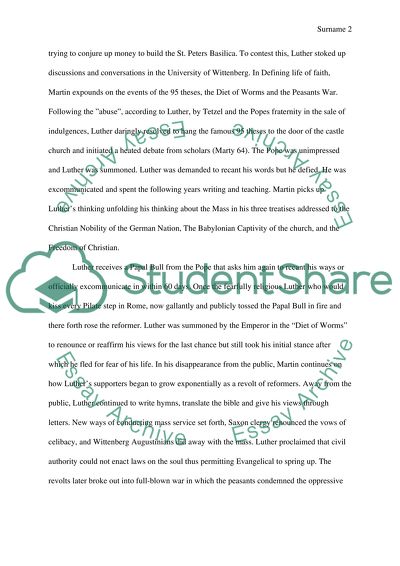Cite this document
(“Guidelines for Martin Luther by Martin Marty Book Report/Review”, n.d.)
Guidelines for Martin Luther by Martin Marty Book Report/Review. Retrieved from https://studentshare.org/history/1472168-book-review-guidelines-for-martin-luther-by-martin
Guidelines for Martin Luther by Martin Marty Book Report/Review. Retrieved from https://studentshare.org/history/1472168-book-review-guidelines-for-martin-luther-by-martin
(Guidelines for Martin Luther by Martin Marty Book Report/Review)
Guidelines for Martin Luther by Martin Marty Book Report/Review. https://studentshare.org/history/1472168-book-review-guidelines-for-martin-luther-by-martin.
Guidelines for Martin Luther by Martin Marty Book Report/Review. https://studentshare.org/history/1472168-book-review-guidelines-for-martin-luther-by-martin.
“Guidelines for Martin Luther by Martin Marty Book Report/Review”, n.d. https://studentshare.org/history/1472168-book-review-guidelines-for-martin-luther-by-martin.


